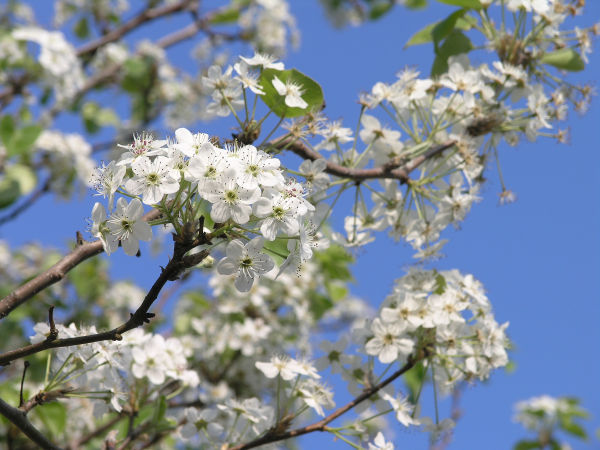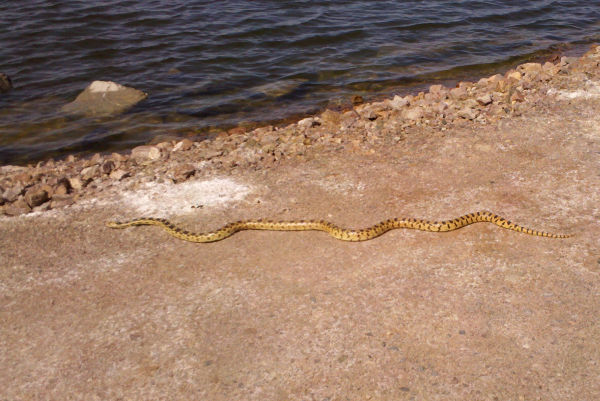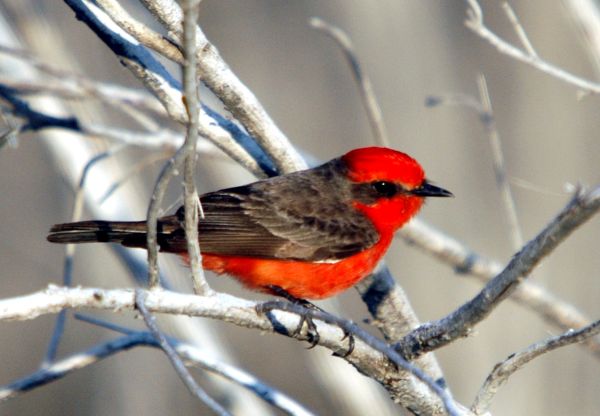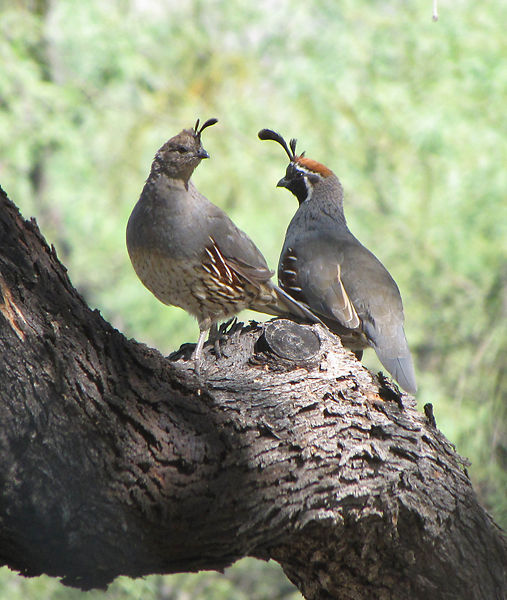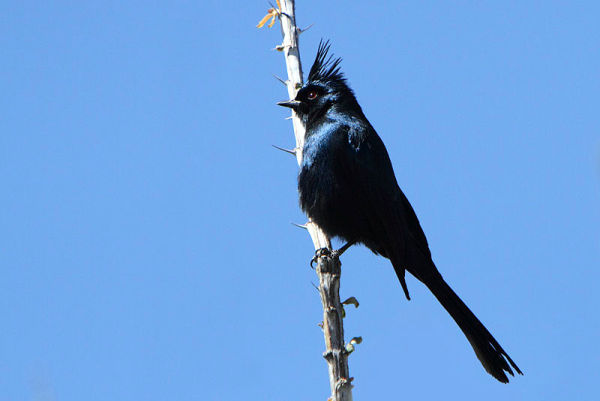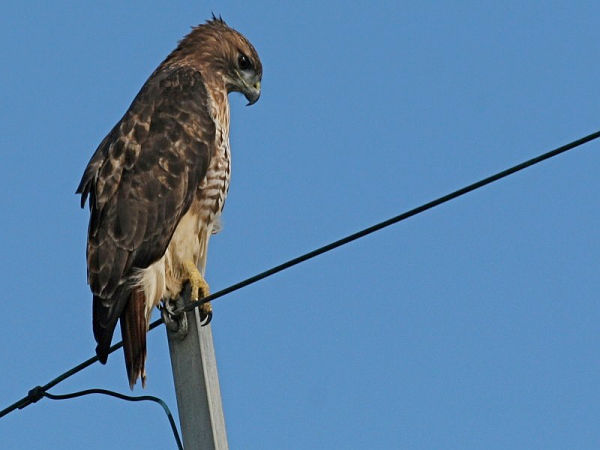
At the end of last week the pair of red-tailed hawks who live near WQED started to build a new nest.
Most red-tails nest in trees but the female who lives near my office always chooses to nest on a building, usually in a gutter. She nested in the gutter of Central Catholic High School’s roof in 2008 and in the gutter of CMU’s Fine Arts Building in 2009 and 2010. I recognize her because her face is unusually pale.
She chose neither of those places for her first nest this spring but I’m sure she had one because I saw her mating in early March. By now she should have eggs to incubate. Instead she was carrying nesting material.
Why is she building a nest now?
Because the first one probably failed. I can guess why.
Last Tuesday it rained and rained. The rain caused flooding of streams and rivers and even flooded WQED’s Studio A, so I’m sure it flooded the gutter where this female hawk had placed her nest.
Hawk eggshells are not waterproof so when the eggs get too wet they “drown.” By Wednesday the old nest was a failure. By Thursday mother hawk had picked a new nest site and was starting to build.
You’ll be happy to know that she didn’t pick a gutter this time. Her new site is certainly well drained, perhaps a little too steep and well-drained. She chose the very highest possible spot on one of St. Paul’s Cathedral steeples.
I don’t hold out much hope that this will work but she’s making the attempt anyway.
(photo of a red-tailed hawk by Chuck Tague)
p.s. Update on Monday 4/18: Last weekend’s heavy wind blew all the sticks away so the hawks have had to pick another place. See the comments below.
p.s. Update on Tuesday 4/19: Peter Bell took photos of the pair’s new nesting attempt. His photo links are in the comments.
